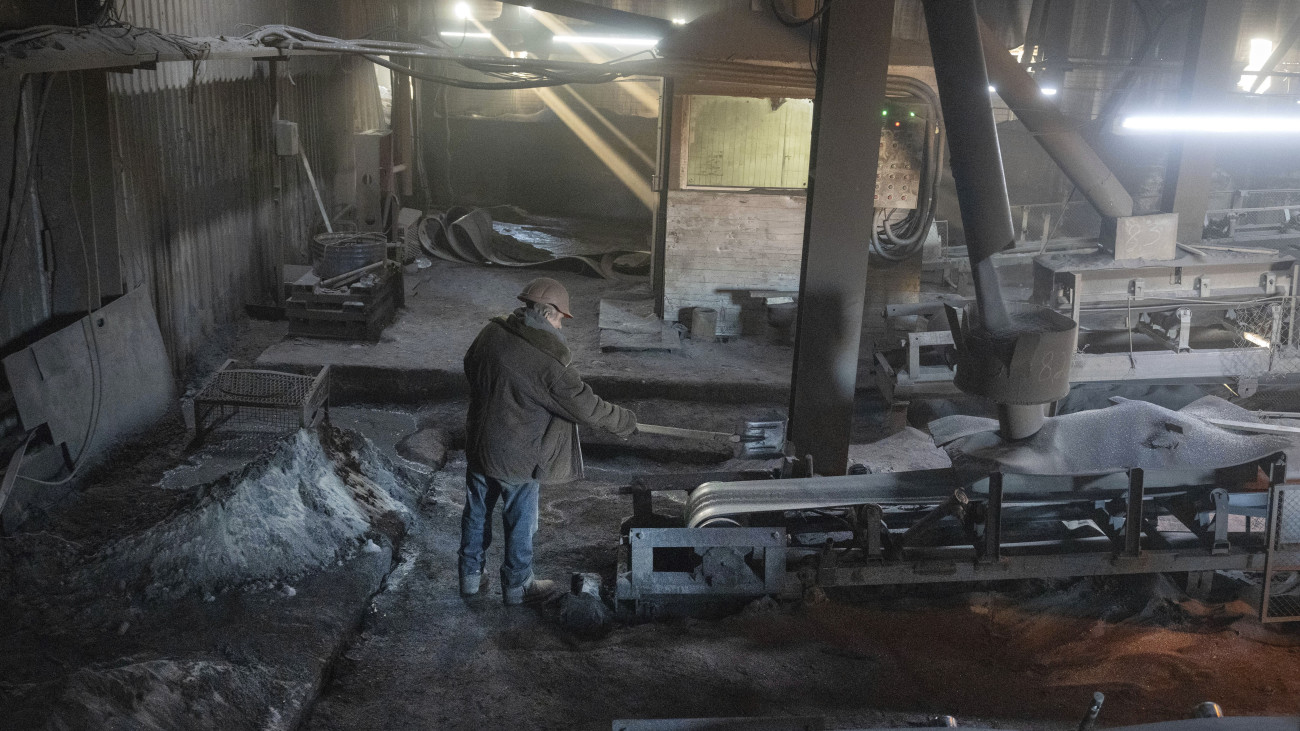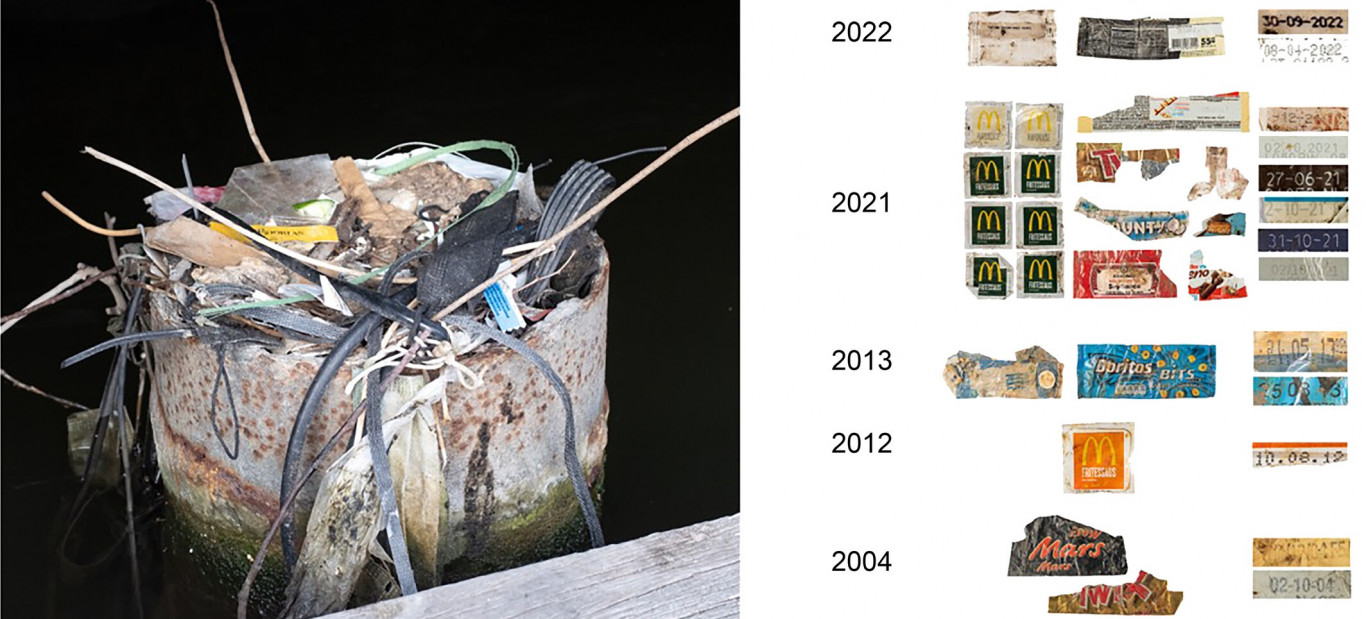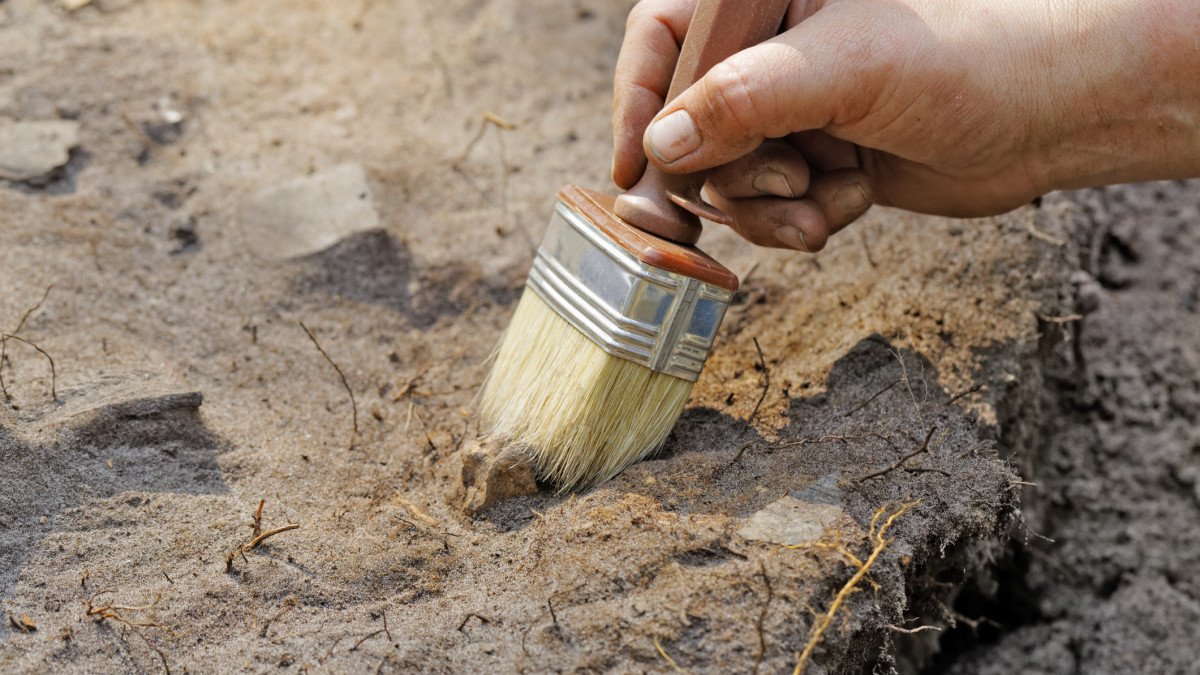Huge and mysterious stone jars have been discovered in the northeastern state of Assam, India. Archaeologists say they may have played a role in ancient funeral rites.
65 sandstone bowls of different sizes and shapes were found scattered in four locations, according to a BBC News article. Some of the jugs were tall and cylindrical, while the rest were partially or completely buried in the ground. Similar stone vessels were previously found in Laos and Indonesia.
An archaeological discovery involving researchers from three universities in India and Australia was published in the Journal of Asian Archeology this week. The research was led by Teluk Thakurita, a scientist at the University of North East Hill, and Uttam Bhattari, a researcher at the University of Guwahati.
They don’t know who made the giant jugs, nor where the creators lived, said Nicholas Scobal, an archaeologist at the Australian National University.
It’s also not entirely clear what the giant ships served, but archaeologists believe they may be “related to burial practices.”
According to Scopal, the Naga people of northeastern India told stories of finding human ashes, beads, and other artifacts in Assam jars. However, Thakouria told the BBC that a group of archaeologists had already found empty stone jars. He added that jugs once had a lid.
The next step will be to carefully dig and inspect the stone jars.
In Assam, ten sites hiding such stone jars have been uncovered, where more than 700 stone jars have been found. According to Thakura, the porcelain stoneware was built in the year AD. It could have been made before 400.
The researchers note that only a small part of Assam has been researched, so more extensive research could be used to explore more of these sites.
Scobal also drew attention to the danger that the longer the research is delayed, the higher the chances of the finds being destroyed as more and more forests are cut down in the area to grow grain.
Mugs were found in Laos in 2016 and are believed to have been placed in Xiangkhuang Province for at least two millennia. The researchers then discovered three different types of burials: bones placed in pits with a large block of limestone on top, bones buried in earthen pots, and a corpse buried in a tomb.
According to Scopal, the vessels in Assam and Laos are similar in size and structure. However, there are some differences in their shape: the Assamese are more rounded, while the Laotians are more cylindrical.
Opening photo: Krugloff / Getty Images












































